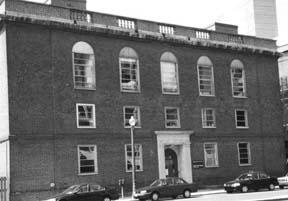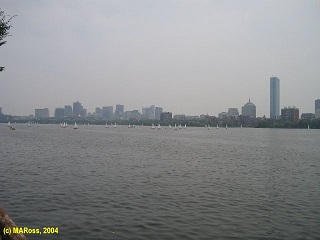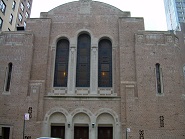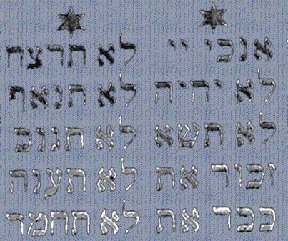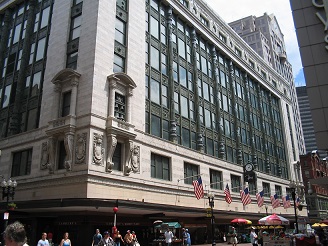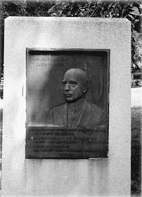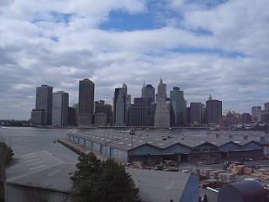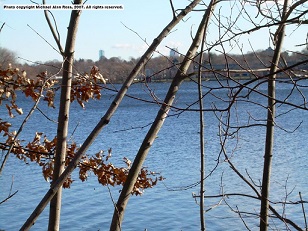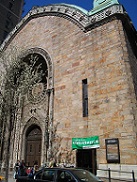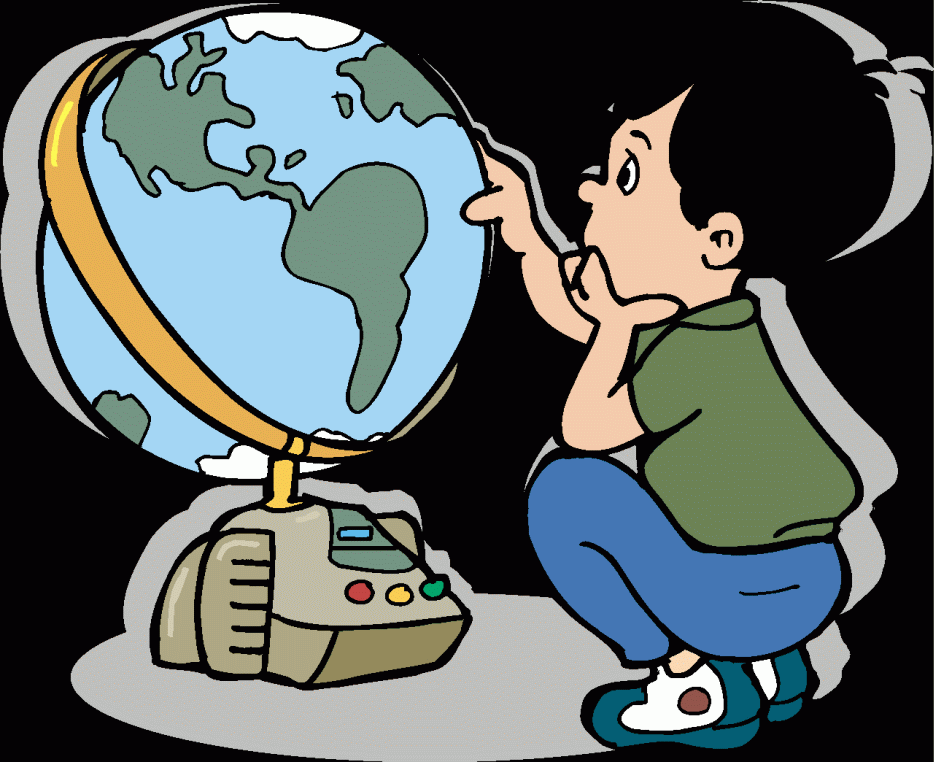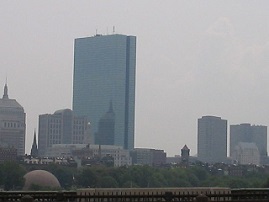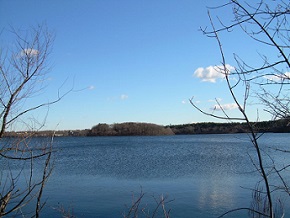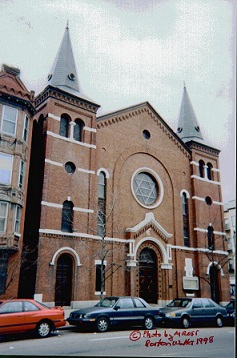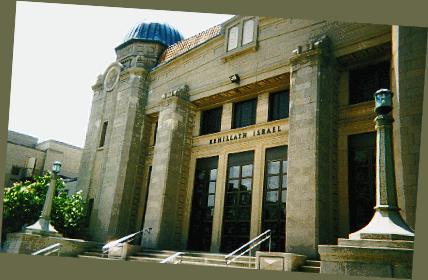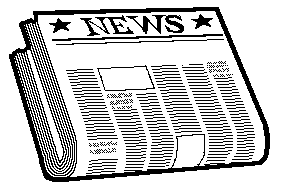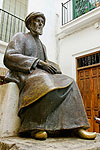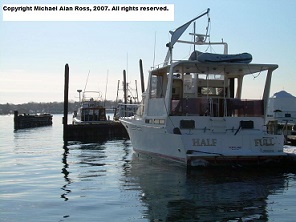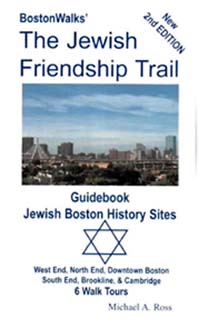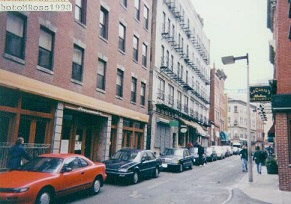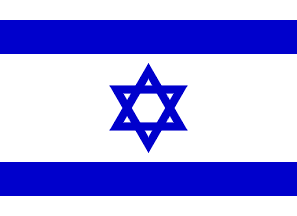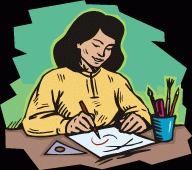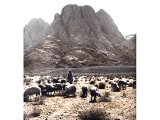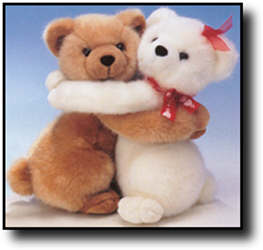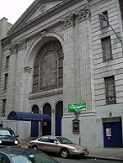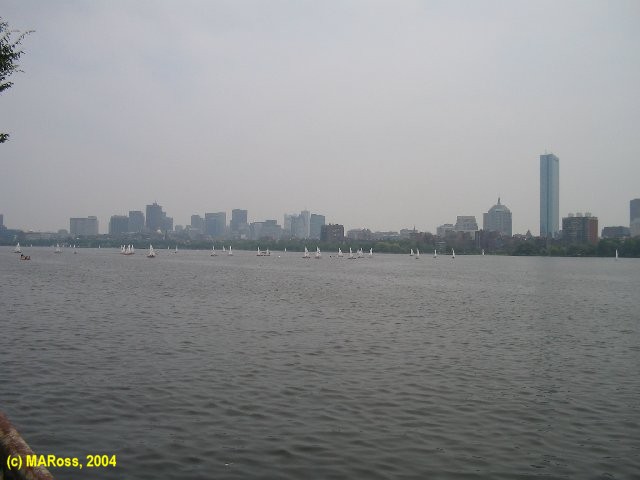CLICK HERE TO VIEW OUR MOST RECENT WEBSITE
JEWISH SITES & HISTORY IN PHOENIX AND SCOTTSDALE, ARIZONA
Discover Jewish History in Some of America's Greatest Cities!
Jewish Friendship Trail Guidebooks, as of 2020, only are available directly from the author/publisher. To purchase a Jewish Friendship Trail Guidebook, Email: BostonWalks
NOW AVAILABLE - (1) Phoenix Scottsdale Jewish Friendship Trail GuideBook
with 7 Tours of Sites of Phoenix Scottsdale Jewry!
Was $19.95 USD Now $8.00 USD + $3 Media Mail
Order your copy now directly from publisher.
(2) BostonWalks Jewish Friendship Trail GuideBook
with 6 Tours of Sites of Boston, Brookline, and Cambridge Jewry!
Was $19.95 USD Now $8.00 USD + $3 Media Mail
Order your copy now directly from publisher.
(3) BostonWalks The Ten Commandments GuideBook
with creative suggestions for approaching our Ten Commandments!
Was $19.95 USD Now $8.00 USD + $3 Media Mail
Order your reduced price copy now directly from publisher.
Email: BostonWalks
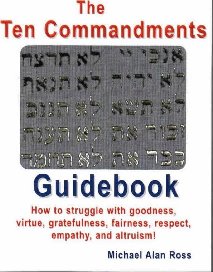
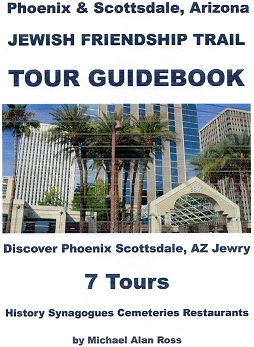


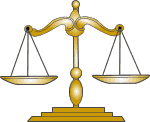
Discover the Boston homes of Justice Louis Dembitz Brandeis here! |
Celebrating 361 Years
|
Now available!The Jewish Friendship Trail Guidebook 6
Self-Guided Walking/Bicycling Jewish Boston History Tours Covers
Boston, Brookline, and Cambridge Softcover 198 pages with maps &
b/w photos Click here |
Now available!
The Ten Commandments Guidebook Ways to Self-Struggle with
Classic Morals In Song, Poetry, and Prose
Covers 10 Commandments Plus One Other! Softcover 153 pages with
practical suggestions pages! Click here |
![]()
The Synagogues
of
Boston's West End |

Copyright ©
Michael Alan Ross, 1997-2015.
All Rights Reserved.
Email: Michael Alan Ross

Three shul buildings stand today in Boston's West End, reminders of the 15
predominantly traditional shuls in which Shabbos was welcomed weekly from the 1890s
through the 1920s in this section of our city.
In one of these shuls, the Boston Synagogue, descendent of the amalgamated North Russell Street Shul (Beit Hamidrash Hagadol) and of the Wall Street Shul (Beit Yaakov), we still welcome Shabbos in 1999.The Boston Synagogue, now in a contemporary building at 55 Martha Road in Charles River Park, is located only a few blocks from where its predecessors once stood at 31 North Russell Street and at 24 Wall Street. Those two shuls were ushered into the West End by a burgeoning Eastern European Jewish immigrant population transitioning from both the North End as well as directly from arrival at customs. By 1895, the Jewish population of the West End matched in numbers the approximately 6.5 thousand Jews of the North End. With much more available housing stock, the West End would welcome another 30+/- thousand Jews over the following 25 years. Upon their arrival in the West End, many Jews sought out landtsmen from the towns and villages which they had left behind in Eastern Europe. Forming landtsmenshaften, these geographically-based meetings frequently became emotional, social, cultural, educational, political, and, finally, religious mutual support groups. Two of the many landtsmenshaften which evolved into shuls were Anshe Libawitz and Anshe Vilner. Anshe Libawitz's West End premises at 8 Smith Court, served the congregation from
1898 to 1972. Inside its entryway, a climb up the steeply winding staircase to the former
women's section of the shul is a worthwhile effort in order to view the beautiful
simplicity of this building. Prior to 1898, the building had a ninety years landmark
history as an African-American church, a schoolhouse, and a center of abolitionist
activity. Even today, in its present incarnation as a museum of African-American history
and without its aron kodish in place, a visitor still can perceive how it was used for 74
years as a shul.
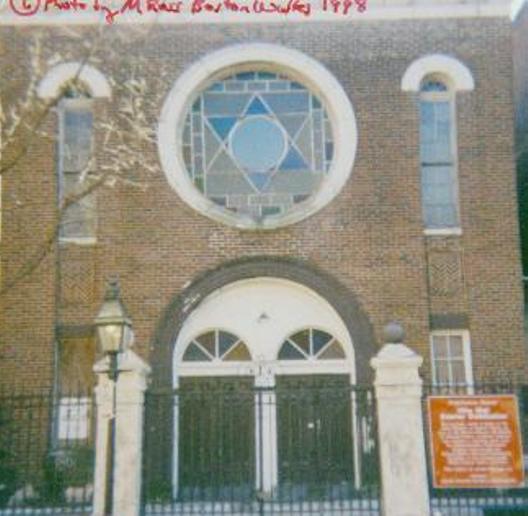
Anshe Vilner's 3rd West End site at 16 Phillips Street actively served its congregation from 1920 to the 1970s.Some of its hard-working congregants manually participated in parts of the 1919-1920 new construction of their 3rd premises. Its intact and exquisite aron kodish possibly is wholly or in part the carpentry handiwork of Eastern European Jewish immigrant Sam Katz. Today, the building is being restored with the intentions of its serving as a historical and cultural Jewish center.It was the North Russell Street Shul, though, which served as the largest and most prominent, congregation in Boston's West End during the 1st 3 decades of the 20th century. While its building was demolished in the 1950s-60s West End reconstruction, some of Beit HaMidrash HaGadol Beit Yaakov's memorial plaques are preserved in the Boston Synagogue's foyer. The North Russell Street Shul particularly is remembered by some for its guest cantors and its Jewish holiday parties. One of the many visiting cantors was Yossele Rosenblatt. One Hannukah party attracted 3,000 children. The Wall Street Shul opened in 1888 and merged with the North Russell Street Shul in 1941. For over 50 years, it served the neighborhood immediately adjacent to today's TD BankNorth Garden, the area at the West end of Causeway Street. From a similar vantage point today, the Boston Synagogue, with over one hundred members, welcomes all to vibrant West End Jewish services, educational lectures, and holiday celebrations. When you pray in or visit the Boston Synagogue, note one of its unique features: the seating layout which allows a davener either to follow an Orthodox minhag of men and women sitting in separate sections or to follow a Conservative minhag of mixed seating even while all daveners pray together in one prayer service. Close in time to the establishment of these West End shuls, were the establishment and/or relocation to the West End from the North End of Talmud Torahs and an Ivrio Ivrit Hebrew school - the latter utilizing Hebrew as its spoken, teaching language. By the end of the 1st decade of the 20th century; in addition, there was a Hebrew high school in the West End. Unfortunately, none of the Hebrew school buildings in this section of Boston survived the reconstruction of the West End. 
It's time for you to buy our guidebook and discover these sites for yourself!We've walked what little remains of the once thriving Jewish communities of Boston's West and North Ends and the South End. The few surviving sites make for a fascinating walking tour.Click here to email us.
|


From the Charles River, let's swim in a red, white, and blue direction!
Now available!The Jewish Friendship Trail Guidebook 6
Self-Guided Walking/Bicycling Jewish Boston History Tours Covers
Boston, Brookline, and Cambridge Softcover 198 pages with maps &
b/w photos Click here |
Now available!
The Ten Commandments Guidebook Ways to Self-Struggle with
Classic Morals In Song, Poetry, and Prose
Covers 10 Commandments Plus One Other! Softcover 153 pages with
practical suggestions pages! Click here |


Yea, Teams! The Boston Red Sox and The New England Patriots!
Click on our Filene photo-collage to connect to Boston's Jewish heritage!

Copyright
© Michael Alan Ross,
2004-2015. All Rights Reserved.
Email:
BostonWalks
by Michael Alan Ross |
Boston Walks
|

Click here for 10 reasons for more bike trails!
|
Do you know how many Americans die yearly in car crashes?...
 ...How many?
...How many?
Isn't it time to Attract Middle Class Families Back into Our Cities?
Here's 10 Ways to bring middle-class families back into cities like NYC:
10 Ways to Bring Middle Class Families Back into New York City, Boston, Baltimore, Philadelphia, Washington, DC, Atlanta, and other Citiesconsidering the best of the suburban paradigm for our large cities. |
Are you curious about what are some of the ethical reasons for single-payer universal health care insurance?10 Moral Reasons for One Payer Universal Health Care Insurance for Americain light of Hillel's If I'm only for myself, what am I? |
|
We know that there are other belly laughs our there.
|
|
Sing Sense to America
|



Question: What's a political mensch?
Answer #1 |


BostonWalksIntegrating the urban, modern Jewish American city experience with its historical sites and themes in such locales as Boston, MA, Portland, ME, East Bay and Providence, RI, and the Upper West Side of Manhattan, NYC.
|
